Say Goodbye To Untidy Lawns With These Grass Edging Tips
Say Goodbye to Untidy Lawns with These Grass Edging Tips
A well-maintained lawn is a beautiful sight to behold. It can add curb appeal to your home and make your yard a more inviting place to relax and entertain. But even the most well-manicured lawn can look untidy if the edges are not properly defined.
That's where grass edging comes in. Grass edging is the process of creating a clear demarcation between your lawn and the surrounding areas, such as flower beds, patios, and walkways. It helps to keep your lawn looking neat and tidy, and it can also prevent grass from encroaching on other areas.
There are a variety of different materials and techniques that you can use for grass edging. The best choice for you will depend on the size and shape of your lawn, as well as your personal preferences.
In this blog post, we will discuss the different types of grass edging, as well as the steps involved in installing them. We will also provide some tips for maintaining your grass edges so that they stay looking their best.
Types of Grass Edging
There are three main types of grass edging:
- Plastic edging: This is the most common type of grass edging. It is made of a flexible plastic material that is easy to install. Plastic edging is available in a variety of colors and styles, so you can choose one that matches the look of your lawn.
- Metal edging: Metal edging is more durable than plastic edging, but it is also more expensive. Metal edging is available in a variety of materials, including aluminum, steel, and copper.
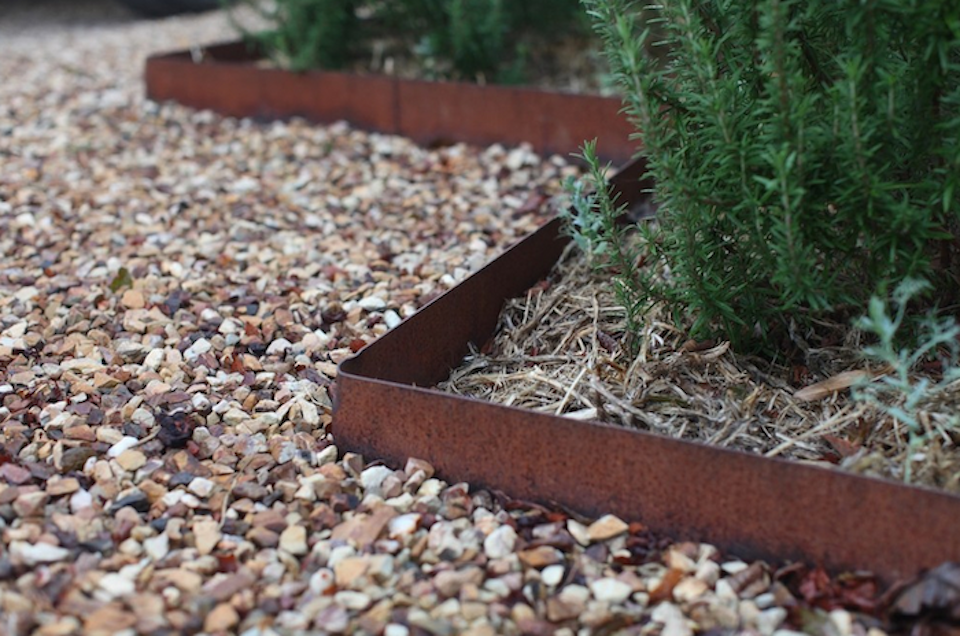
- Natural edging: Natural edging is made from materials such as bricks, stones, or plants. Natural edging can add a touch of beauty and elegance to your lawn.
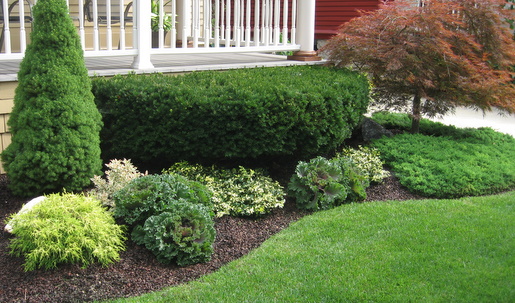
How to Install Grass Edging
The installation process for grass edging will vary depending on the type of edging that you choose. However, there are some general steps that you will need to follow:
- Mark the area where you want to install the edging.
- Dig a trench along the marked area. The depth of the trench will depend on the type of edging that you choose.
- Install the edging in the trench.
- Backfill the trench.
Tips for Maintaining Grass Edges
Once you have installed your grass edges, there are a few things that you can do to keep them looking their best:
- Mow your lawn regularly. This will help to prevent grass from encroaching on the edges.
- Trim the edges with edging shears or a lawn edger. This will help to keep the edges neat and tidy.
- Rake up any leaves or debris that collect along the edges. This will help to prevent the edges from becoming overgrown.
Conclusion
Grass edging is a simple way to add beauty and curb appeal to your lawn. By following the tips in this blog post, you can easily install and maintain your grass edges so that they stay looking their best for years to come.
If you're looking for a way to give your lawn a clean, professional look, edging is a great option. Edging creates a clear border between your lawn and your walkways, flower beds, or other landscape features. It also helps to prevent your grass from invading these areas.
There are a few different ways to edge your lawn. You can use a manual edger, a power edger, or even a sharp shovel. If you're not sure which method is right for you, Garden Wiki has a great guide on how to edge your lawn.
In addition to providing instructions on how to edge your lawn, Garden Wiki also offers a variety of other resources on lawn care. You can find information on how to choose the right grass seed, how to fertilize your lawn, and how to control pests and weeds.
Whether you're a beginner or a seasoned lawn care expert, Garden Wiki is a great resource for all things lawn care. So what are you waiting for? Visit Garden Wiki today and learn how to edge your lawn like a pro!
FAQ of grass edging
5 Most Frequently Asked Questions About Grass Edging
- What is grass edging?
Grass edging is a landscaping technique that creates a clean, crisp line between your lawn and other areas, such as flower beds, patios, or walkways. It can be done with a variety of materials, including metal edging, plastic edging, or even bricks or stones.
- Why should I edge my lawn?
There are many reasons to edge your lawn. Edging helps to:
Define the boundaries of your lawn and prevent it from spreading into other areas.
Keep your lawn looking neat and tidy.
Prevent weeds from growing between your lawn and other areas.
Make mowing your lawn easier and more efficient.
What are the different types of grass edging?
There are many different types of grass edging available, including:
Metal edging: Metal edging is a durable and long-lasting option. It is available in a variety of colors and styles to match your landscaping.
Plastic edging: Plastic edging is a less expensive option than metal edging. It is also more flexible, making it easier to install.
Brick or stone edging: Brick or stone edging is a more permanent option than metal or plastic edging. It can add a touch of elegance to your landscaping.
How do I edge my lawn?
There are two main ways to edge your lawn:
Manual edging: Manual edging is done with a hand-held edger. This is a simple and inexpensive way to edge your lawn.
Power edging: Power edging is done with a power edger. This is a faster and more efficient way to edge your lawn, but it is also more expensive.
When should I edge my lawn?
The best time to edge your lawn is in the spring or fall, when the ground is soft. You should also edge your lawn after heavy rains, as this can cause the edges of your lawn to become muddy and uneven.
Image of grass edging
- Concrete edging: This is a popular type of edging that is made of concrete. It is durable and can withstand a lot of wear and tear.
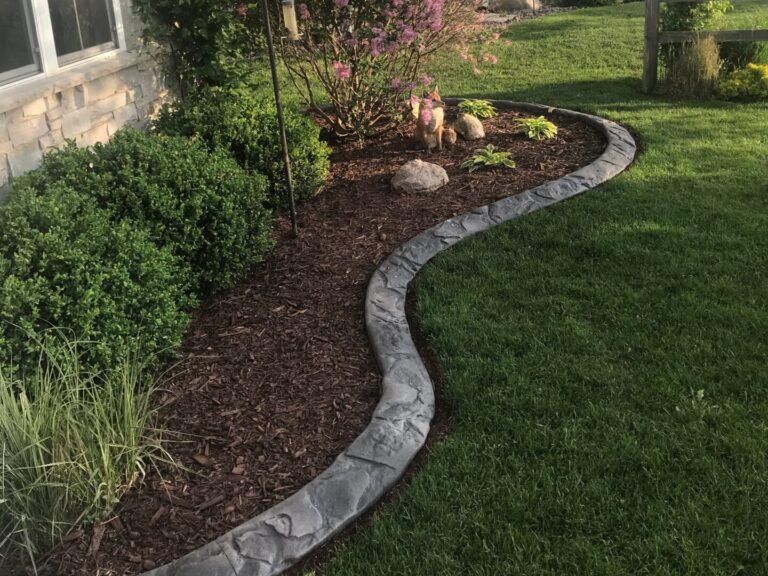
- Plastic edging: This is a more affordable option than concrete edging. It is also easy to install.
- Metal edging: This type of edging is very durable and can last for many years. It is also a good choice for areas with heavy traffic.

- Stone edging: This is a natural and elegant option for grass edging. It can be a bit more expensive than other types of edging, but it is worth the cost for the added beauty.
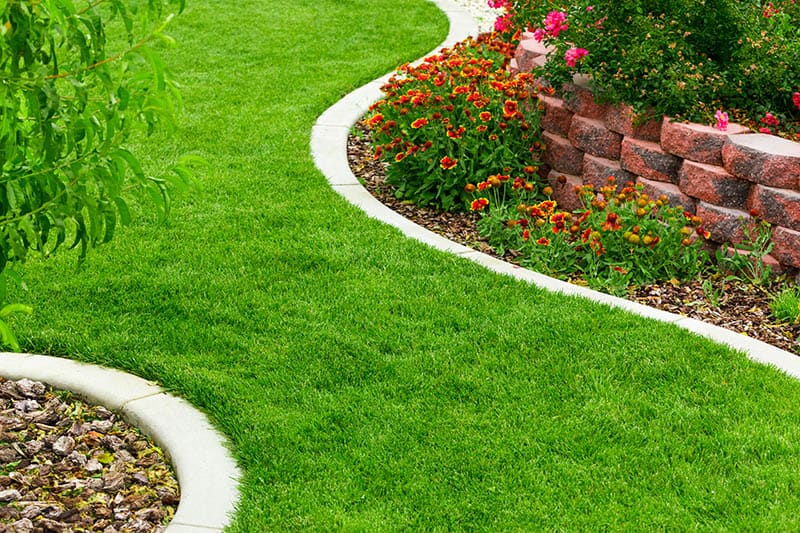
- Wood edging: This is a rustic and natural option for grass edging. It is also a relatively affordable option.
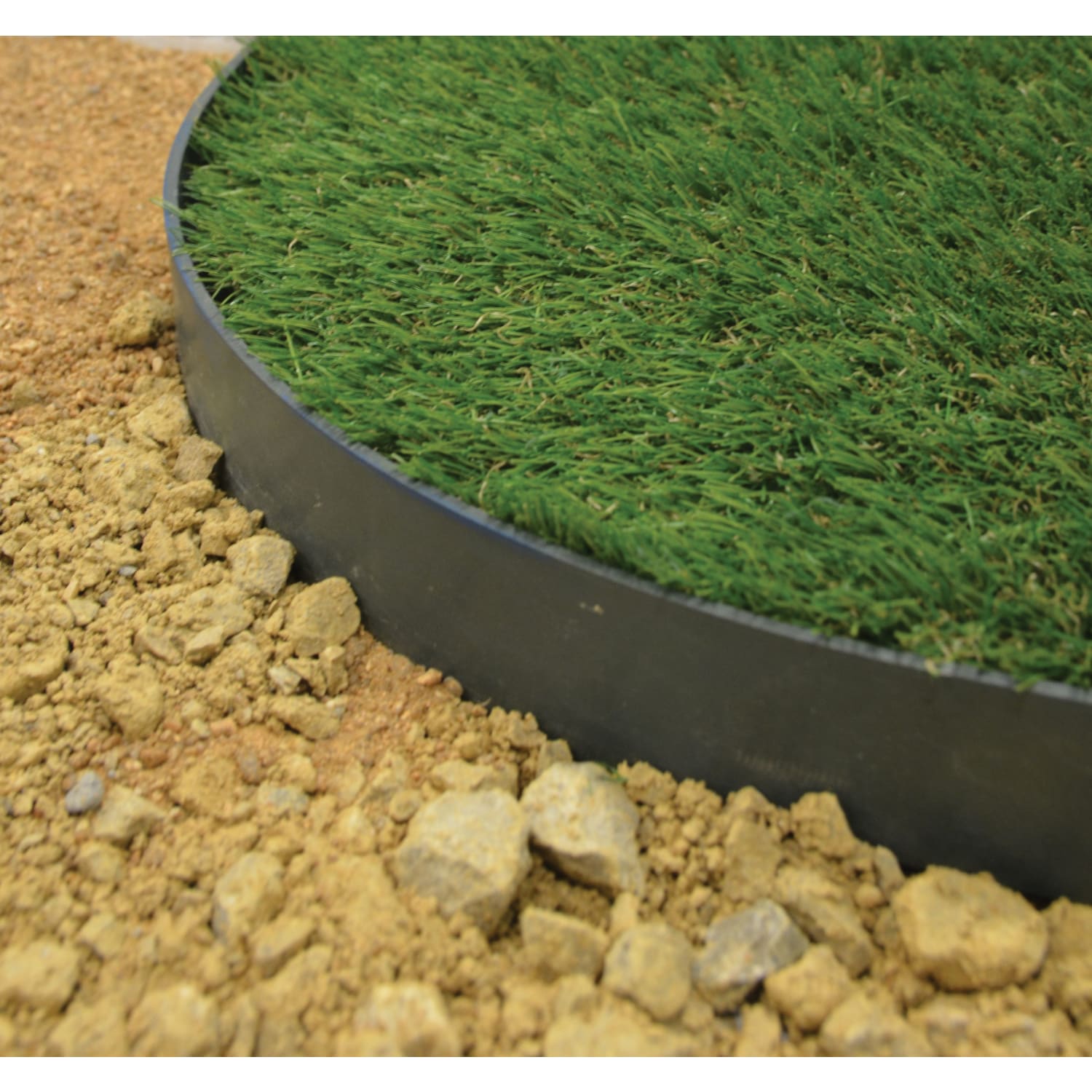
Post a Comment for "Say Goodbye To Untidy Lawns With These Grass Edging Tips"